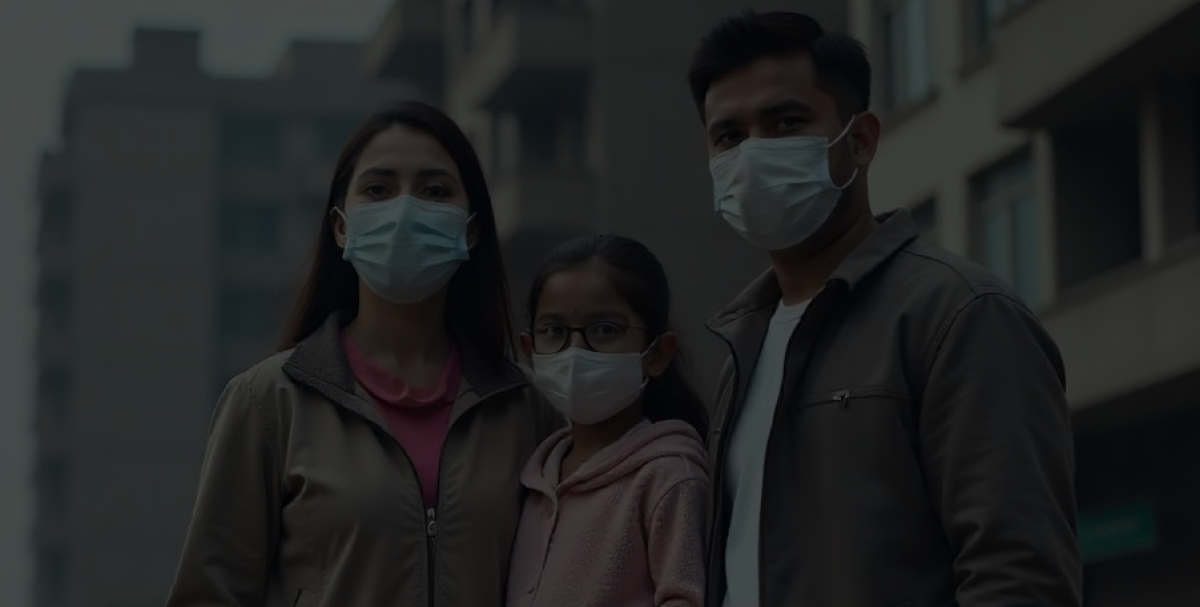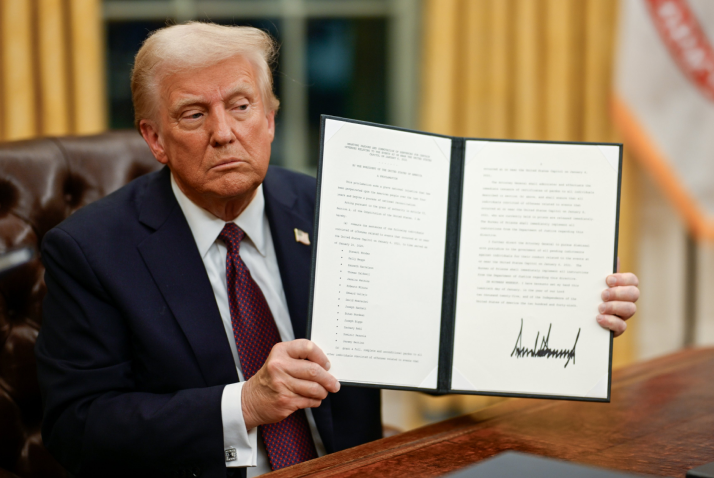We used to look forward to winters in India, the escape from the punishing heat was always something we all looked forward to. But today the association of winter has shifted to conversations related to the AQI (Air Quality Index). We are now reading sensational headlines like “AQI in so-and-so Indian city is so bad that it is equivalent to smoking ## number of cigarettes”. This is one stat that I do not want getting normalized. Imagine as a parent, how alarming to accept the fact that their daily exposure to air is that of smoking 3-6 cigarettes. This dark analogy reflects the reality many children face today, where air pollution has become a pressing issue.
Growing up in the late 80s and early 90s, I was largely unaware of such environmental challenges. I am sure I can speak on behalf of people in my age group that this wasn’t exactly a discussion or even a conversation starter. However, the launch of the Air Quality Index (AQI) in India in 2014 marked a significant turning point in how we perceive and address air pollution.
Introduction of AQI in India
The National Air Quality Index (NAQI) was introduced in April, 2015, with the objective of galvanizing action towards improving the air quality in areas where the index indicates high levels of pollutants This tool was developed to provide an easily understandable measure of air quality across cities in India. Prior to this, there was limited awareness and data regarding air pollution levels, making it difficult for families to gauge the safety of their environment. The AQI categorizes air quality into six levels: Good, Satisfactory, Moderately Polluted, Poor, Very Poor, and Severe, allowing families to make informed decisions based on real-time data.
The Reality of Air Quality in Urban India
What is sad today, is that major cities like Delhi and Mumbai record unhealthy levels of AQI that are regularly featured in the “Severe” category.
- We are constantly bombarded by news that schools and colleges are shut for days so that children are not constantly exposed to the noxious air for a sustained period of time.
- Air Purifier, which used to be considered a luxury at one point in time has now become as omnipotent as a regular ceiling fan in some parts of the country.
- We also hear of often untenable schemes like odd-even numbered vehicles on road.
- And mist guns have entered conversations like it’s no big deal to shoot water vapour in the air to bring down the pollution levels. All of this sounds like a post apocalyptic scene out of a book, sadly these are regular featured articles in daily newspapers.
- Maharashtra state government agency MMRDA has issued stringent guidelines to curb dust pollution to due to construction activities
This is no longer science fiction but ground realities. Delhi's air quality stories are particularly concerning. The city frequently experiences severe pollution levels that can be detrimental to health. Families are increasingly relocating to different cities to escape the toxic air in Delhi (thank whoever for work from home/anywhere). This shift highlights how parents prioritize their children's health and wellbeing over convenience.
Schools exposing children to the problem of pollution
Remarkably, schools are now introducing concepts of pollution as early as the second grade. This early education fosters a sense of environmental responsibility among children. They are becoming increasingly aware of the harmful effects of pollution on their health and wellbeing. For instance, my child’s school has incorporated lessons about air quality and its impacts, which empowers them to advocate for cleaner environments. And thanks to these initiatives she actually can tell the difference between a clean air day and a smoggy day. This is the kind of awareness that is need for our children especially via our education system.
In a recent article I read said that Indian students are increasingly enrolling in geoengineering courses at international universities to tackle climate change and environmental challenges, with popular areas including climate engineering, pollution management, disaster mitigation, and wildfire control. This is healthy news considering we really need a lot of great minds to tackle this issue for the future of this planet.
Basic Awareness for Parents
As parents, it is crucial to stay informed about air quality and its implications for our children’s health. Here are some basic steps we can take:
- Regularly Check AQI Levels: Utilize apps and websites dedicated to monitoring air quality.
- Limit Outdoor Activities: On days when the AQI is poor or very poor, keep children indoors as much as possible.
- Create a Healthy Indoor Environment: Use air purifiers and ensure proper ventilation in homes.
- Educate Children: Engage them in discussions about air pollution and its effects on health.
The increasing awareness of air quality issues among children today is a testament to the changing landscape of environmental education. As parents, we must remain vigilant about the air our children breathe and take proactive steps to protect their health. By understanding AQI and its implications, we can foster a safer environment for future generations.
- https://cpcb.nic.in/openpdffile.phpid=TGF0ZXN0RmlsZS9MYXRlc3RfMTE5X05BUUktU3RhdHVzSW5kaWFuQ2l0aWVzLTIwMTUtMTYucGRm
-
https://www.aninews.in/news/national/general-news/mmrda-takes-decisive-action-to-combat-construction-dust-and-improve-air-quality-in-mumbai20241228191345/
-
https://economictimes.indiatimes.com/nri/study/climate-on-the-syllabus-indian-students-scoring-global-credits/articleshow/116750213.cms?from=mdr



